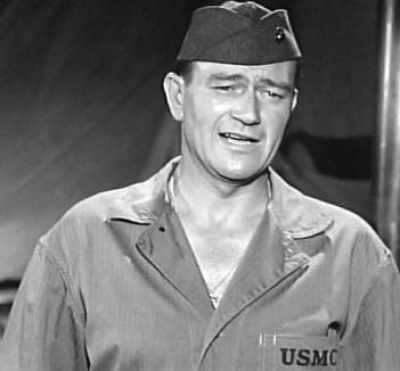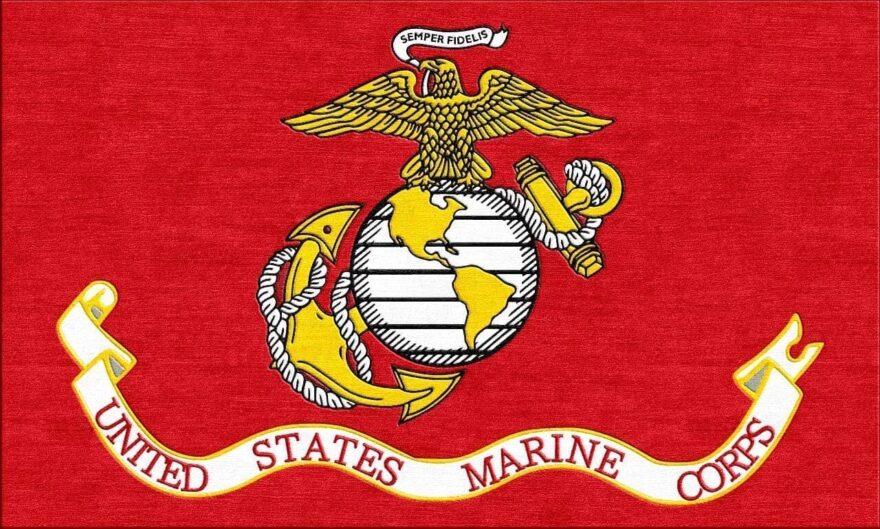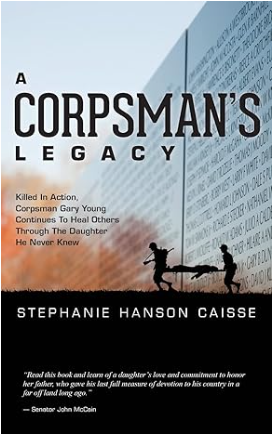THESE BROTHERS WILL NEVER BE FORGOTTEN!
~Cpl. Beddoe
During WW II, between August 1944 and mid-February 1945, the U.S. Navy and Seventh Air Force ravaged the volcanic island Iwo Jima, 775 miles from Japan, with 6,800 tons of high-explosive bombs and more than 22,000 5- and 16-inch shells. It was the most massive pre-assault bombardment in history, and everyone in the American invasion force assumed that the U.S. Marines would hit the beach on Feb. 19 and walk unopposed to the summit of Mt. Suribachi, an extinct volcano rising 550 feet from the island floor.
Instead, Iwo Jima became the bloodiest slaughter in Marine Corps history, claiming 7,000 lives. In return, the Americans killed all but 216 of the island’s 21,000 Japanese defenders. But the Americans had no choice — they had to take Iwo Jima. American strategists knew that capturing the island would shorten the war and in the end save lives. For two full days the Americans lay motionless on their narrow beachhead. On the third day the Americans smashed their way toward Mt. Suribachi inch by inch. Hundreds of pillboxes, minefields, and snipers’ nests stood in their way, and the battle broke down into countless savage little brawls.
On Feb. 23, 1945, 40 Marines burned and blasted their way up Mt. Suribachi and planted an American flag on its summit. Associated Press cameraman Joe Rosenthal’s dramatic photograph of the event became the most famous image of the Pacific war, but not before three of the six Marines pictured had been killed.
The six photographed historic flag raisers were Ira Hayes, Mike Strank, Harlon Block, Franklin Sousley, Rene Gagnon and John Bradley. The famous Rosenthal photograph inspired a postage stamp in 1945 depicting the flag-raising. It also inspired the tallest cast bronze statue in the world, which was assembled in Arlington National Cemetery in fall of 1954. The monument was cast at the Bedi-Rassy Art Foundry in the Greenpoint section of Brooklyn. It stands in honor of all U.S. Marines (since 1775) who have given their lives for their country.
Fighting continued on the island until March 26. Badly damaged B-19s began landing on Iwo Jima as early as March 4, and by war’s end more than 2,200 American bombers carrying 24,761 men made emergency landings there.

The motion picture The Sands of Iwo Jima, released in 1949, is a perennial favorite of WW II enthusiasts. John Wayne earned an Oscar nomination for his performance as a tough-as-nails Marine sergeant. In 2006, Clint Eastwood’s Flags of our Fathers told the story of the Marines who rose the flag on Iwo Jima that day.
This article was written by Vernon Parker (1923-2004)

 Our legacy lives through the stories we tell. The Suck Life wants yours! Make Chesty proud!
Our legacy lives through the stories we tell. The Suck Life wants yours! Make Chesty proud!



 Semper Fidelis
Semper Fidelis

